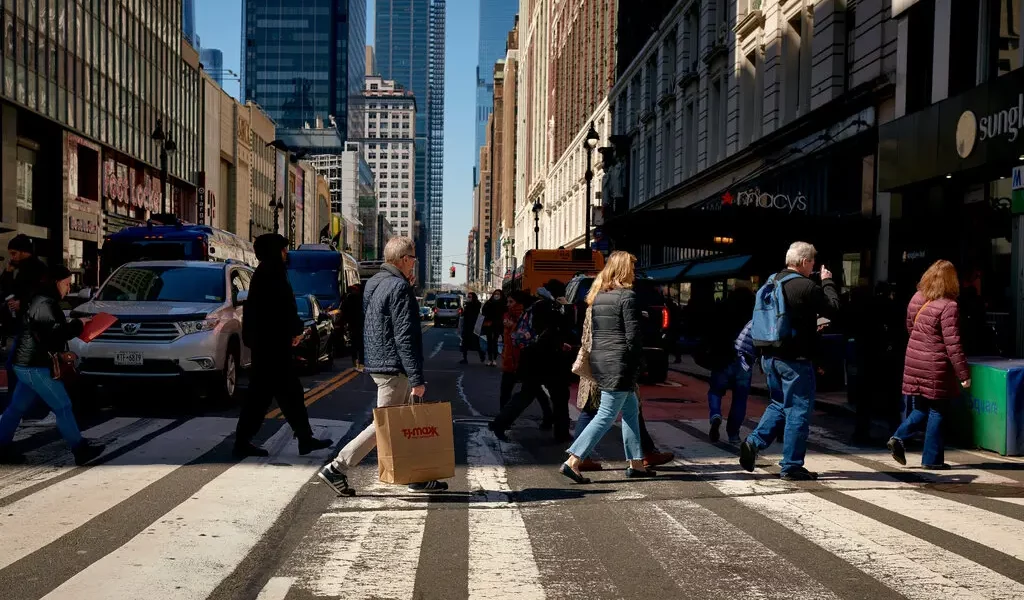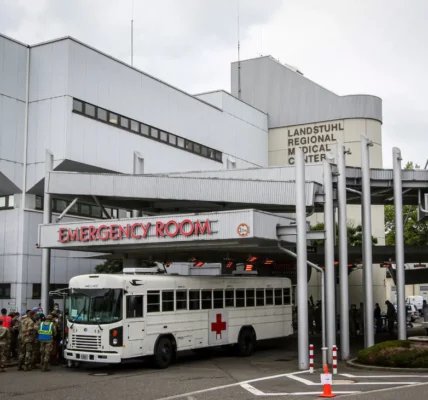Federal government shutdowns have become so common in recent years that forecasters have a good read on how another one would affect the American economy. The answer is fairly simple: The longer a shutdown lasts, the more damage it is likely to inflict.
A brief shutdown would be unlikely to slow the economy significantly or push it into recession, economists on Wall Street and inside the Biden administration have concluded. That assessment is based in part on the evidence from prior episodes where Congress stopped funding many government operations.
But a prolonged shutdown could hurt growth and potentially President Biden’s re-election prospects. It would join a series of other factors that are expected to weigh on the economy in the final months of this year, including high interest rates, the restart of federal student loan payments next month and a potentially lengthy United Automobile Workers strike.
A shutdown would not just dent growth. It would further dampen the mood of consumers, whose confidence slumped in September for the second straight month amid rising gas prices. In the month that previous shutdowns began, the Conference Board’s measure of consumer confidence slid by an average of seven points, Goldman Sachs economists noted recently, although much of that decline reversed in the month after the shutdown ended.
Gregory Daco, the chief economist at EY-Parthenon, said a government shutdown would not be a “game changer in terms of the trajectory of the economy.” But, he added, “the fear is that, if it combines with other headwinds, it could become a significant drag on economic activity.”
Biden administration economists have prepared detailed estimates of the damage a shutdown could inflict on growth this year, which do not suggest an immediate threat of recession, according to people familiar with the estimates who were not authorized to discuss them publicly. Administration officials declined to release those estimates this week.
Goldman Sachs economists have estimated that a shutdown would reduce growth by about 0.2 percentage points for each week it lasts. That’s largely because most federal workers go unpaid during shutdowns, immediately pulling spending power out of the economy. But the Goldman researchers expect growth to increase by the same amount in the quarter after the shutdown as federal work rebounded and furloughed employees received back pay.
That estimate tracks with previous work from economists at the Fed, on Wall Street and prior presidential administrations. Trump administration economists calculated that a monthlong shutdown in 2019 reduced growth by 0.13 percentage points per week.
After that shutdown ended, the Congressional Budget Office estimated that real gross domestic product was reduced by 0.1 percent in the fourth quarter of 2018 and 0.2 percent in the first quarter of 2019. Although the office said most of the lost growth would be recovered, it estimated that annual G.D.P. in 2019 would be 0.02 percent lower than it would have been otherwise, amounting to a loss of roughly $3 billion. Because growth and confidence tend to snap back, previous shutdowns have left few permanent scars on the economy. Some economists worry that might not be the case today.











